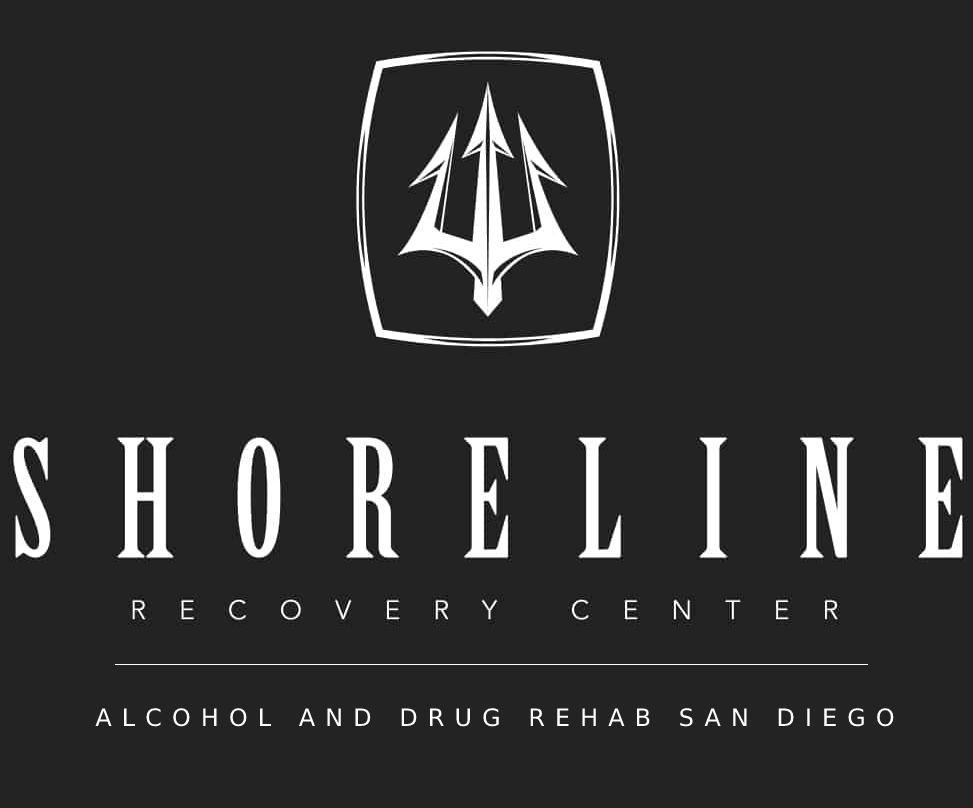Cognitive-behavioral therapy (CBT) is a type of psychotherapeutic treatment aimed to help individuals learn how to identify and change both disturbing and destructive thought patterns that have begun to have a severe negative influence on the individual’s emotions and behavior.
Cognitive-behavioral therapy focuses on challenging the individual’s automatic negative thoughts, which can contribute and worsen:
- Emotional difficulties
- Anxiety
- Depression
- Various mental health disorders
CBT can be a beneficial psychotherapeutic treatment for individuals who are struggling with other mental health disorders such as:
- Post-traumatic stress (PTSD)
- Depression
- Eating disorders
- Anxiety
- Bipolar
- Schizophrenia
- Obsessive-compulsive disorder
- Chronic pain
- Anger management
- Sexual disorders
- Phobias
- Substance disorders
- Panic attacks
Through the help of cognitive-behavioral therapy, negative thoughts that the individual is having will be wholly identified, challenged, and replaced with objective and realistic life thoughts.
The key features of cognitive-behavioral therapy
Cognitive-behavioral therapy aims to encourage patients to ultimately be their own therapists by helping them understand their current ways of thinking and behaving and equipping them with the necessary tool to adapt to the cognitive and behavioral patterns. The patient plays an active role in the therapy sessions by learning and practicing the skills in their own time and between sessions.
Cognitive-behavioral therapy (CBT) is one of the most common and best-studied forms of psychotherapy. It is a combination of two therapeutic approaches, known as cognitive therapy and behavioral therapy.
Which methods of treatment are applied depends on the illness or problem to be treated. However, the basic principle behind the therapy is always the same: What we think, how we feel, and how we behave are all closely connected – and all of these factors have a decisive influence on our well-being.
Source: https://www.ncbi.nlm.nih.gov/books/NBK279297/
The key features of cognitive behavior therapy will generally include the following steps within the sessions:
Identifying problematic situations or conditions within the patient’s life
Within the first couple of sessions, the therapist will identify the problem areas within the patient’s life; this can be events or emotional turmoil such as:
- Mental health disorder(s)
- Medical condition
- Greif
- Divorce
- Anger
The patient will spend time with their therapist to understand precisely why these life events are causing you such negative thoughts and behavior patterns while establishing goals for you to begin focusing on.
Becoming aware of your thought, emotions, and beliefs
Once you have identified the problematic life events and set various goals, your therapist will encourage you to share your thoughts about said issues.
This can include observing what you tell yourself about a negative life experience, otherwise known as ‘self-talk.’ Within the next stage, your therapist will want to observe how you interpret the outcome or meaning of the identified problematic situation along with your beliefs about yourself, other people and events.
The patient would often be advised to begin a journal to keep track of their thoughts to see any patterns forming visually through their writing.
Identify harmful or inaccurate thinking
To ensure the patient can recognize their thinking and behavioral patterns that may be contributing to their problem, the therapist may ask them to pay close attention to their physical, behavioral, and emotional response to various situations they may be put in.
Reshape harmful or inaccurate thinking patterns
To help individuals realize when their thoughts are becoming irrationally negative, the therapist may encourage them to ask themselves whether they can view the current problematic situation based on facts or if they are basing their thoughts on an inaccurate perception.
This specific step can very often be difficult for the patients, which will end in a long-standing way of thinking about themselves and their lives as a whole. However, with practice, helpful thinking and behavior patterns will soon become second nature that won’t require half as much effort.
Getting the most out of Cognitive Behaviour Therapy
Cognitive behavior therapy isn’t the same for every patient. What is exceptionally beneficial for one patient may have little benefit for another. However, you can take various steps to ensure you get the absolute most out of your therapy sessions and help make them a success.
Don’t expect results highly beneficial immediately
Working on high intensity, emotional issues can be excruciating and will often require constant hard work in and out of CBT sessions. It is widespread for patients to feel worse for wear during the initial start of the therapy sessions as this is when you will have to begin confronting both past and current problematic conflicts within your life.
Be completely open and honest
Successful sessions rely solely on the patient being completely open and honest with the therapist, no matter how hard and emotional. If you are reluctant to speak about a particular adverse event because it causes an increase in painful, intense emotions, talk to your therapist before you begin the session. Communicate your reservations; this can allow the therapist to adapt their bespoke program for you to help ease the transition.
Approach the sessions as a partnership
Cognitive behavior therapy will only be beneficial for you when you become an active participant. Ensure that you and your therapist agree on significant issues and how you may want to tackle them. Work with your therapist, set goals together, and assess your progress together.
Stick to your treatment plan.
You will feel less than motivated; it can be tempting to skip therapy sessions when you aren’t feeling yourself. However, this can severely disrupt all of your progress. Ensure you attend all of your sessions no matter how you are feeling. Always communicate with your therapist if you are ever feeling unmotivated or down. Your bespoke program can always be adapted.
If it doesn’t work, communicate with your therapist
If you have been completing sessions, but you do not believe you are entirely benefiting from the cognitive behavior therapy sessions, be open and honest with your therapist. Your therapist will want to sit down with you and possibly decide to either adapt your program or ultimately try an alternate approach.
Never suffer alone.
Cognitive behavior therapy is a highly flexible and adaptable treatment that has been used successfully in many mental health programs around the world. Take the first step to recovery and get the help you need. Our medical professionals are here to assist you with your dual diagnosis conditions.







